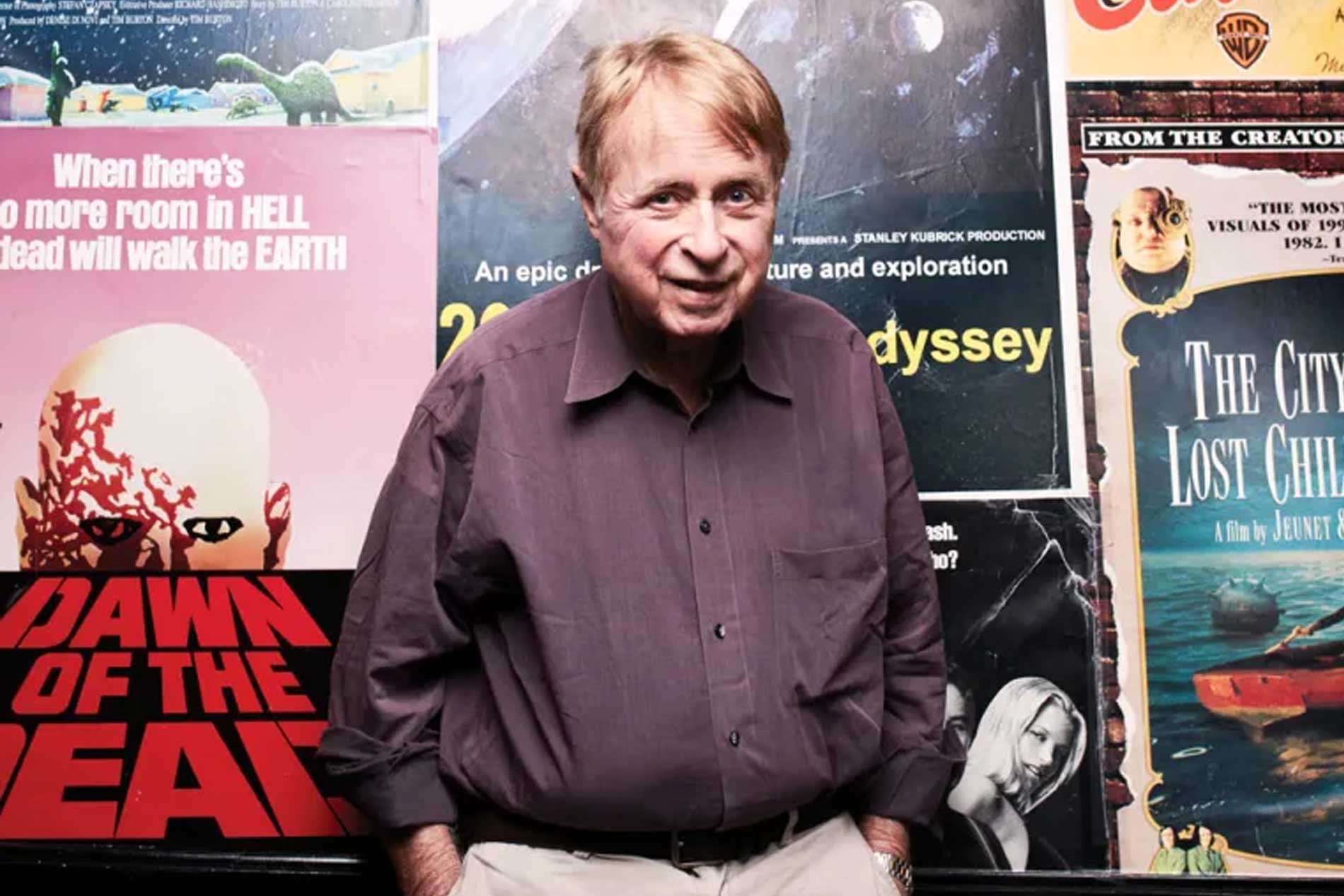
When George LeFont moved away from his hometown of San Francisco to Atlanta in 1976, the city’s cinematic landscape was forever altered.
He arrived with a small fortune from his time in software which he then used to purchase a tiny theater in the Peachtree Battle Shopping Center. Naming it the Silver Screen, George was passionate about introducing Atlanta audiences to a robust variety of content through art movies, alternative movies, indies, and revival-house classics.
He would often show films over periods by theme or association, spending an entire month showing exclusively Stanley Kubrik films once. The French government even awarded him the Legion D’Honore for his French Film Week. George ran his theaters like no other, and even found himself in a court battle one time for screening extremely graphic and controversial movies at the time, Caligula and The Story of O (he won).
Although the Silver Screen was torn down in 1982, LeFont was just getting his movie-theater career started. Over the next few decades, he would acquire The Tara, The Plaza, The Ansley Mall, The Midtown, The Garden Hills (famous for its long-time showings of The Rocky Horror Picture Show), The Screening Room, and The LeFont Sandy Springs.
While George did love to skirt the edges of mainstream film, the business-oriented voice inside him was too strong to resist a blockbuster. His belief was that, “everything takes care of each other. A movie like Amadeus helps cover the more marginal films like Barfly and Colonel Redl.”
His impact went beyond just his theaters too. Events like the Atlanta Jewish Film Festival, the Atlanta Film Festival, and the French Film Festival, and many others might not exist without his trailblazing influence.
Atlanta was lucky to have a figure like LeFont to help shape its film environment, and he always felt that back; “I’m lucky. It’s not everybody who can do what they love doing, make a pretty good living at it, and have people thank them for it.”






